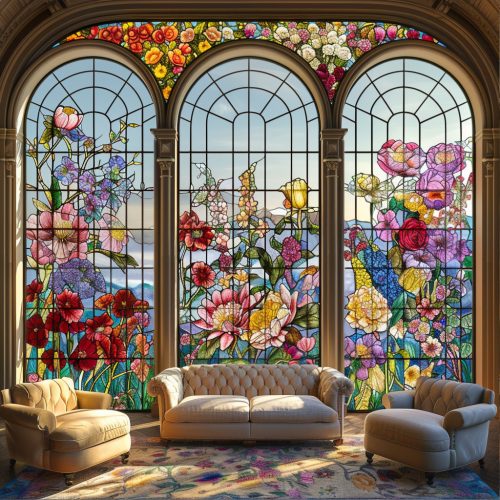The Art and History of Stained Glass
Stained glass history, an art form known for its vibrant colours and intricate designs, spans over a millennium. In the Middle Ages, it was predominantly associated with grand cathedrals and churches. Since those early days, it has evolved through various cultures and technological advancements, reflecting the artistic and religious fervour of different eras, to today’s stained glass world, where it can be found in the houses of people as often as in the houses of the Lord.
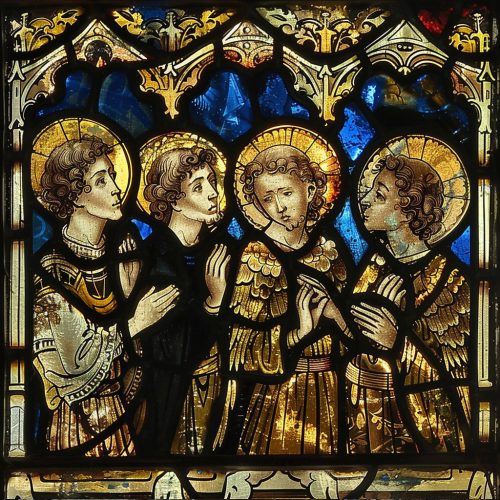
Origins and Early Development
The origins of stained glass history can be traced back to ancient times. The earliest known examples of coloured glass date back to ancient Egypt and Mesopotamia, where craftsmen used glass to create small objects and decorative items. However, the art of making stained glass windows began in Europe, towards the middle of the first millennium.
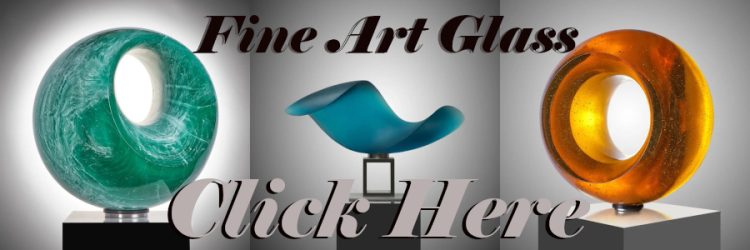
By the 4th and 5th centuries, evidence of stained glass windows appeared in early European Christian churches. These early examples were very rudimentary, with small pieces of coloured glass set into stone or wooden frames. The glass was often thick and uneven, a result of the primitive glassblowing techniques of the time.
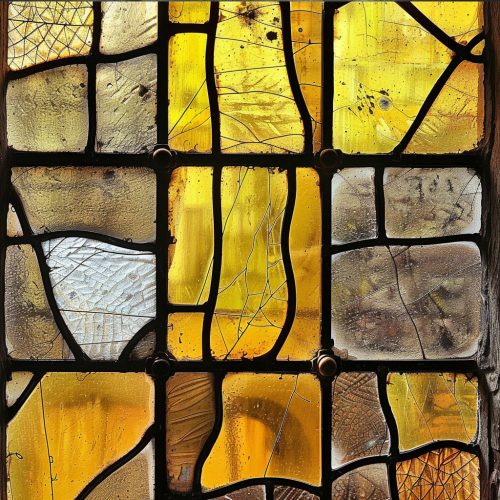
The Gothic Era: A Golden Age
The Gothic period of stained glass history, spanning from the 12th to the 16th centuries, is often regarded as the golden age of stained glass. During this time, advancements in glassmaking and the rise of cathedral building in Europe led to a surge in the production of stained glass windows. Gothic cathedrals, with their soaring heights and large windows, provided the perfect canvas for this art form.
Notable examples from this period include the windows of Chartres Cathedral in France, renowned for their deep blue hues, and the magnificent Rose Window of Notre-Dame de Paris. These windows were not just decorative but served a didactic purpose. They depicted biblical stories, saints, and moral lessons, functioning as visual sermons for an often illiterate congregation.
The technique used during the Gothic period involved creating a design with pieces of coloured glass, which were then fitted together with strips of lead called cames. The entire window was then secured with an iron frame. Artists used a limited palette of colours, but they achieved remarkable effects through the careful arrangement of glass pieces and the use of painted details to add depth and expression.
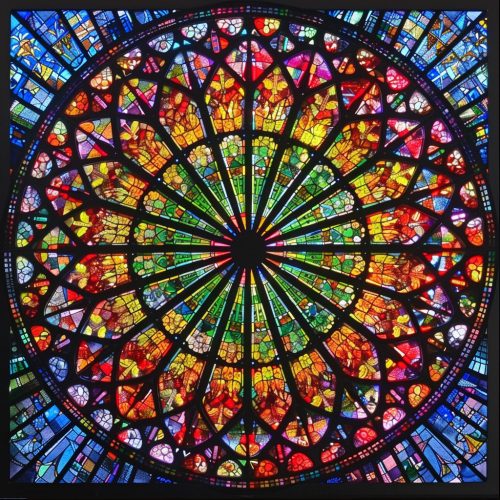
Renaissance and Beyond: Innovations and Decline
The Renaissance brought changes to stained glass art, influenced by the broader artistic developments of the period. Artists began to experiment with perspective and more naturalistic forms, and the use of enamels allowed for a broader range of colours and greater detail. However, the demand for stained glass windows began to wane as new architectural styles emerged, favouring clear glass and lighter, airier interiors.

In the 17th and 18th centuries, the art of stained glass fell into decline. Many mediaeval windows were destroyed or replaced, particularly during periods of iconoclasm and the Protestant Reformation. The craft was kept alive by a few dedicated workshops, but it was no longer a major art form.
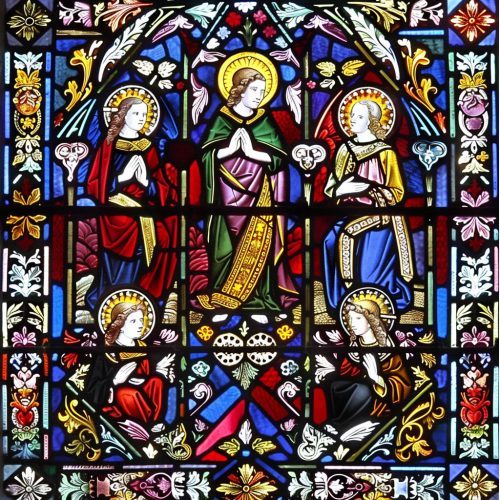
Revival and Modern Innovations
The 19th century saw a revival of interest in stained glass, spurred by the Gothic Revival architectural movement and the work of artists like William Morris and Edward Burne-Jones in England. This period, known as the Victorian stained glass revival, saw a return to mediaeval techniques and styles, albeit with some modern enhancements.
In the United States, Louis Comfort Tiffany revolutionised stained glass with his development of opalescent glass, which allowed for a wider range of colours and textures. Tiffany’s windows and lamps became highly sought after for their beauty and craftsmanship.
The 20th century brought further innovations, with artists like Marc Chagall and Henri Matisse exploring new styles and techniques. Modern stained glass artists often incorporate abstract designs and themes, reflecting contemporary artistic trends.
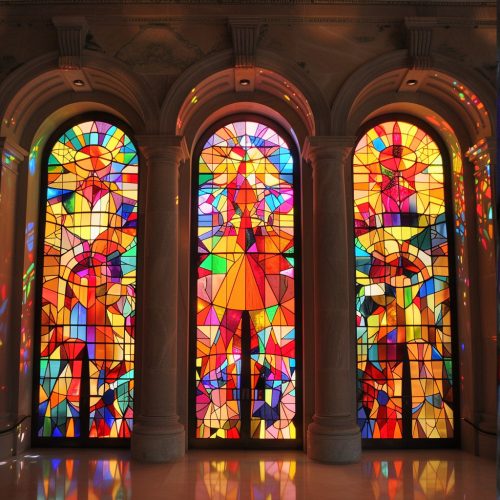
Stained Glass Today
Today, stained glass remains a vibrant and evolving art form. While it continues to be used in religious buildings, it is also found in a variety of secular contexts, from public buildings and private homes to contemporary art installations. Advances in technology have expanded the possibilities for artists, who now have access to a wider range of materials and techniques than ever before.
Stained glass, with its combination of light, colour, and narrative, continues to captivate and inspire. Stained glass history is a testament to human creativity and the enduring appeal of transforming light into art. As both a historical artefact and a living tradition, stained glass bridges the past and the present, illuminating our cultural and spiritual heritage.
